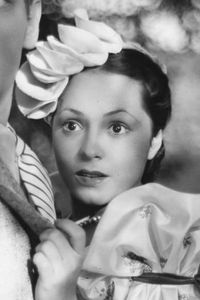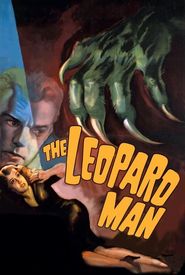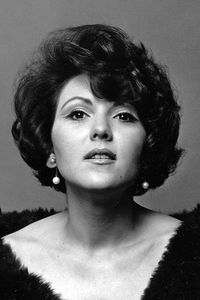Tuulikki Paananen, a Finnish-American actress of remarkable talent, left a lasting impact on the world of cinema, her legacy extending far beyond the relatively brief yet illustrious duration of her professional career.
Born in Finland, the cradle of her artistic inclinations, Tuulikki was blessed with a father who was a renowned concert violinist, his virtuosity and artistry undoubtedly rubbing off on his talented offspring.
Moreover, her mother, an accomplished pianist hailing from Michigan, USA, an area boasting a significant Finnish population, provided a rich cultural heritage and a deep appreciation for the arts, which further nurtured Tuulikki's burgeoning creative abilities.
From a young age, Tuulikki's artistic inclinations were carefully cultivated, her innate passion for performance and storytelling shaped by the influences of her family's cultural background and the rich artistic traditions of Finland and the United States.
This unique blend of Finnish and American cultural influences, coupled with her parents' own artistic achievements, served as a fertile soil for Tuulikki's remarkable talent to flourish, ultimately leading to a career that would leave an indelible mark on the world of cinema.
Tuulikki's family made the significant decision to relocate to the United States in the year 1919, marking the beginning of a 16-year chapter in her life that would have a profound impact on her formative years.
During this prolonged sojourn in the United States, Tuulikki spent an extended period of time, which would ultimately shape her personality, worldview, and artistic inclinations.
As the years passed, Tuulikki's fascination with the film industry only intensified, and she eventually made the bold decision to return to her native Finland in 1935, driven by a burning desire to pursue a career in the captivating world of cinema.
Upon her return to Finland, Tuulikki's star began to rise, and she went on to star in some of the most iconic and enduring films of the era, leaving an indelible mark on the cinematic landscape.
Two of her most notable roles during this period include the critically acclaimed films "Jääkärinmorsian" and "Varastettu kuolema", which would cement her status as a talented and versatile actress.
Tuulikki's life took a dramatic turn with the onset of World War II in 1940, prompting her to make the arduous decision to relocate to the United States, where she would subsequently adopt the stage name "Tula Parma", marking the beginning of a new chapter in her career.
Subsequently, Tula Parma went on to secure work in a limited number of Hollywood productions, with her most notable and enduring role being in Jacques Tourneur's 1943 cinematic masterpiece, "The Leopard Man", a film that would come to define her presence in the industry.
Tuulikki's illustrious career in Hollywood came to a close, and she subsequently redirected her focus towards her original passion, dance, by establishing a dance studio where she not only taught but also showcased her remarkable dancing skills as a performer in her own right.
Subsequently, Tuulikki made the decision to relocate to Honolulu, where she eventually passed away in the year 1974, leaving behind a lasting legacy as a multifaceted and incredibly gifted performer who had captivated audiences with her impressive range and versatility throughout her lifetime.






















